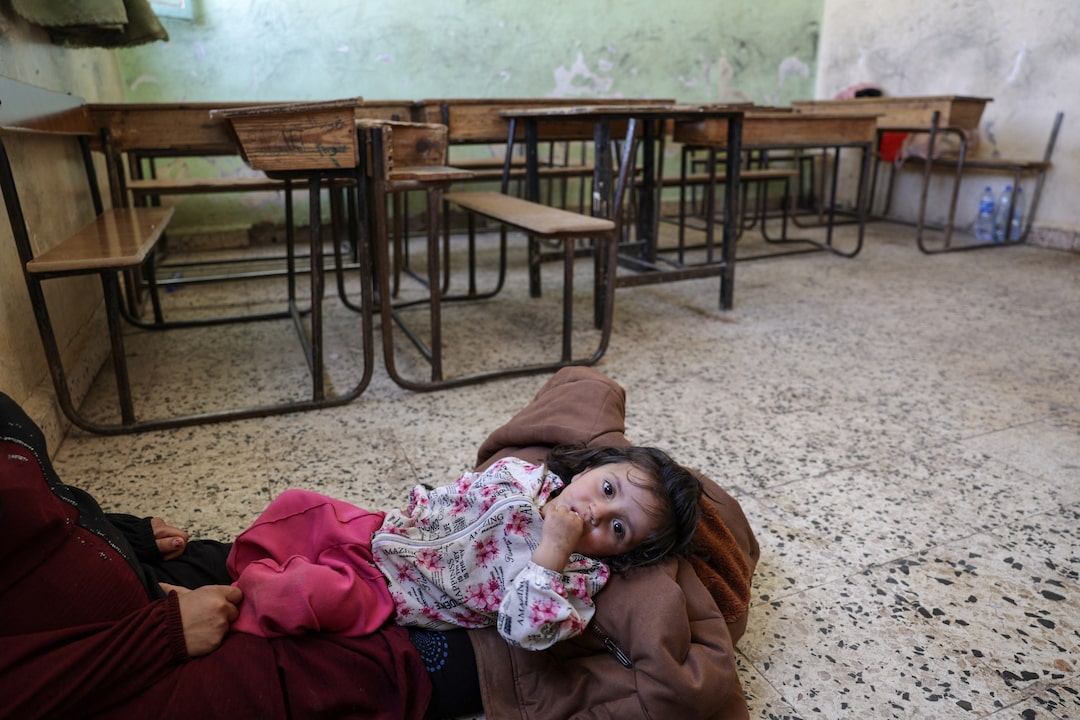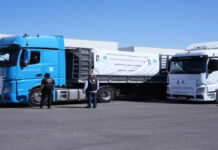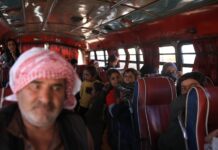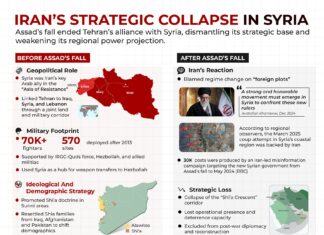
As the new school year begins across Syria, hundreds of displaced Bedouin families from Suwayda province have been forced out of temporary shelters in Daraa schools, leaving them with nowhere to go. The schools, which had been converted into housing following violent clashes in Suwayda in July, were cleared this month to make way for students.
Without alternatives, many families have set up tents near the schools, particularly around the Kharba School in the Daraa countryside. Mustafa al-Amiri, a spokesman for the Suwayda tribes, told Syria TV the makeshift encampments lack coordination and security.
“The tents distributed by the Syrian Red Crescent are of poor quality and not resistant to wind,” Amiri said, warning of catastrophe once winter arrives. He called on authorities to secure dignified housing for the displaced, citing proposed sites such as the Talai Zayzoun camp in western Daraa.
Origins of the Displacement
The displaced are largely from the Bedouin minority, who were forced from their homes in Suwayda during fighting with Druze militias in July. The militias are alleged to have ties to influential Druze cleric Hikmat al-Hijri, who has faced accusations of receiving backing from Israel.
At the height of the violence, around 400 Bedouin families fled to Daraa, where they were scattered across 63 makeshift shelters, according to local humanitarian monitors. Despite a cease-fire agreement between the Syrian government and armed factions in Suwayda, not all families have been able to return—due to ongoing security concerns. A spokesperson for the Al-Sawda tribes said “without alternative housing, tensions could escalate into new clashes.
Health Risks Add to Burden
Conditions in the temporary centers have been grim. Families crowd classrooms with personal belongings stacked on desks, straining limited resources. Medical sources in Maaraba, in eastern Daraa, reported cases of hepatitis among the displaced, raising fears of outbreaks due to inadequate healthcare and sanitation.
Local aid efforts have not been enough to ease the burden. On September 22, the Syrian Red Crescent distributed about 40 tents in Khirbet Ghazaleh to relocate families from schools before classes resumed. But displaced residents criticized the move, calling it “a new displacement” that offers no stability or solution.
Humanitarian groups warn that without urgent intervention, the crisis could deepen. Relief workers note the absence of long-term planning for housing and healthcare, particularly with winter approaching.
Uncertain Path Forward
Despite repeated assurances that returns are imminent, and the return of some families, some displaced remain in limbo. For many Bedouin families, the prospect of going back to their villages in Suwayda is complicated by unresolved security concerns and fears of renewed violence.
Shut out of their homes, the families now face the stark reality of makeshift tents and spreading disease. Leaving their future precarious as Syria’s conflict shifts into its second decade.









